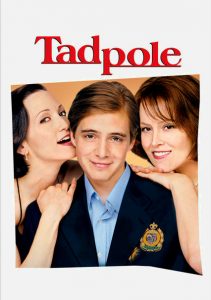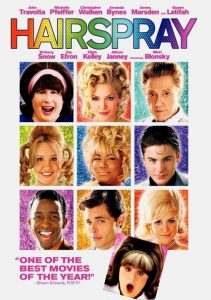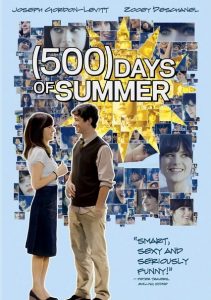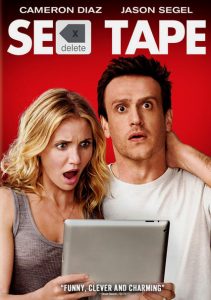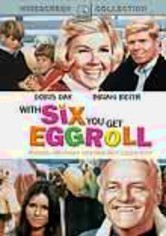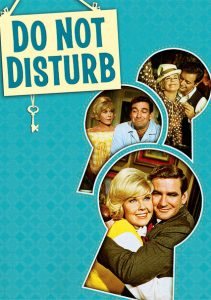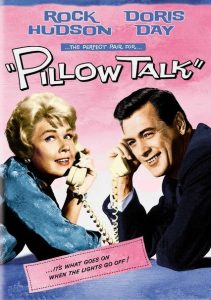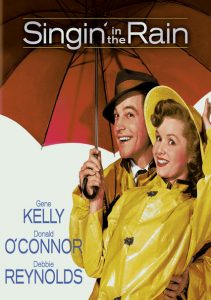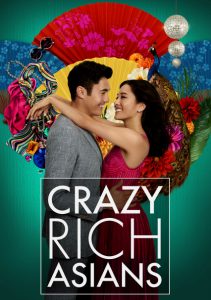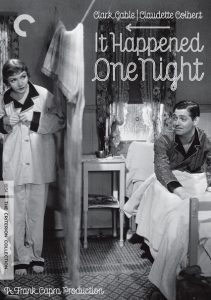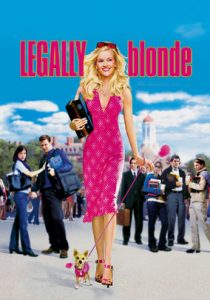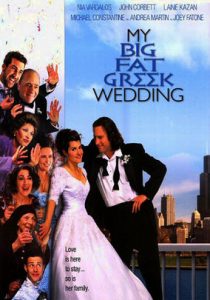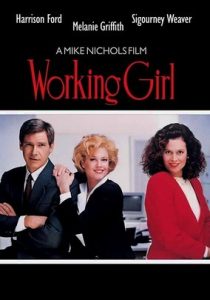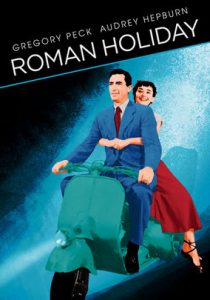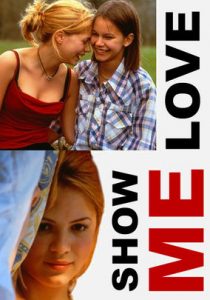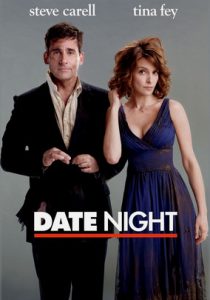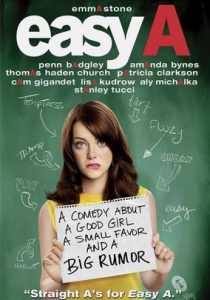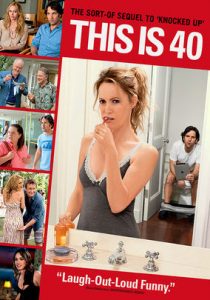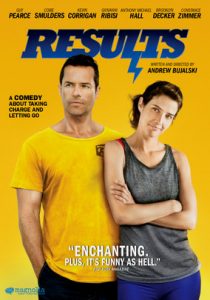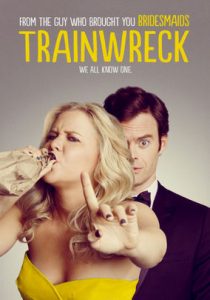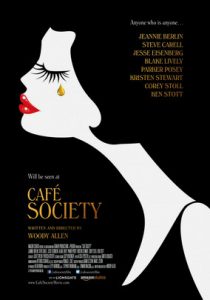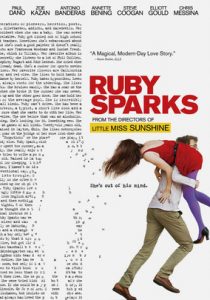Tadpole-2002
Director Gary Winick
Starring Sigourney Weaver, Aaron Stanford, John Ritter
Scott’s Review #1,125
Reviewed March 23, 2021
Grade: B
Tadpole (2002) is an enjoyable coming-of-age effort that carefully, or too carefully, toes the line between being cute and exploring some morally questionable material.
The film gets away with the naughty subject matter because there exists a wholesomeness that lands somewhere between fresh and a commodity.
It’s a fun romp but nothing memorable either, borrowing from better films.
Aaron Stanford, the lead actor, makes the film better than it might have been and seamlessly matches wits and comic timing with heavyweight actors like Sigourney Weaver, John Ritter, and Bebe Neuwirth. He is charming just like his character and carries the film.
As Oscar Grubman (what a name!) he is compassionate and sophisticated, reciting Voltaire and speaking fluent French.
When he arrives home for Thanksgiving weekend it is revealed that he has a major crush on his stepmother, Eve (Weaver). She and Oscar’s father, Stanley (Ritter) share a ritzy Manhattan apartment and entertain a girl they think would be perfect for Oscar but he only has eyes for Eve and rebuffs the poor girl.
Despondent at not having a chance with his stepmom but desiring her, Oscar visits a local bar and runs into Eve’s best friend, Diane (Neuwirth). He gets drunk and she takes him home winding up in bed together! Oscar is filled with remorse.
Oscar’s and Diane’s tryst is the caveat for the rest of the antics of the film. Oscar is terrified that Diane will tell his father and Eve especially as she is on the guestlist for dinner the next night! An amusing game of footsie under the table ensues between Oscar and Diane.
Diane is a Mrs. Robinson-type character to Oscar’s Benjamin if we want to draw comparisons to The Graduate (1967) and how could we not? Eve is like Elaine, Mrs. Robinson’s daughter.
Unsuspecting and slightly naive. It’s fun to reminisce about the classic film that director Gary Winick borrows from.
Speaking of Winick, he has a knack for creating coming-of-age stories featuring teenage characters with light angst and he commonly releases independent films. My hunch is that if Tadpole was a big-budget mainstream affair even more concessions might have been made for the brewing May/December romance.
The “dinner scene” is the best part of Tadpole and provides good physical comedy and a hilarious setup. It’s a stretch in plausibility and borrows from many slapstick comedies but somehow the scene works well and stands out.
The subject matter of a woman three times the age of Oscar is not as harsh as it sounds and is largely played for laughs and misunderstandings. This is where the film misses the mark and stays firmly in the safe lane.
Imagine the juicy possibilities that would occur if Eve reciprocated Oscar’s advances. Now that is an interesting concept!
I shudder to think that if Oscar were a fifteen-year-old girl and Eve a forty-something-year-old man this film would never have been made.
The double standard gnawed at me.
The ending is wholesome and predictable making the film satisfying for the character yet limiting for the viewer. Oscar more or less “snaps out of it” and realizes that girls his age are okay after all.
I half-wondered if the film would be revealed to have all been Oscar’s dream.
The cougar-esque subject matter provides light entertainment never daring to go as far as it could have, or should have. In the end, we understand a young, pubescent boy’s dreams and desires and may fondly recall when we were his age and all the troublesome sexual feelings that bubbled under the surface.
Tadpole (2002) is a watchable independent comedy providing enough to digest thanks to the worthy actors among its cast.
